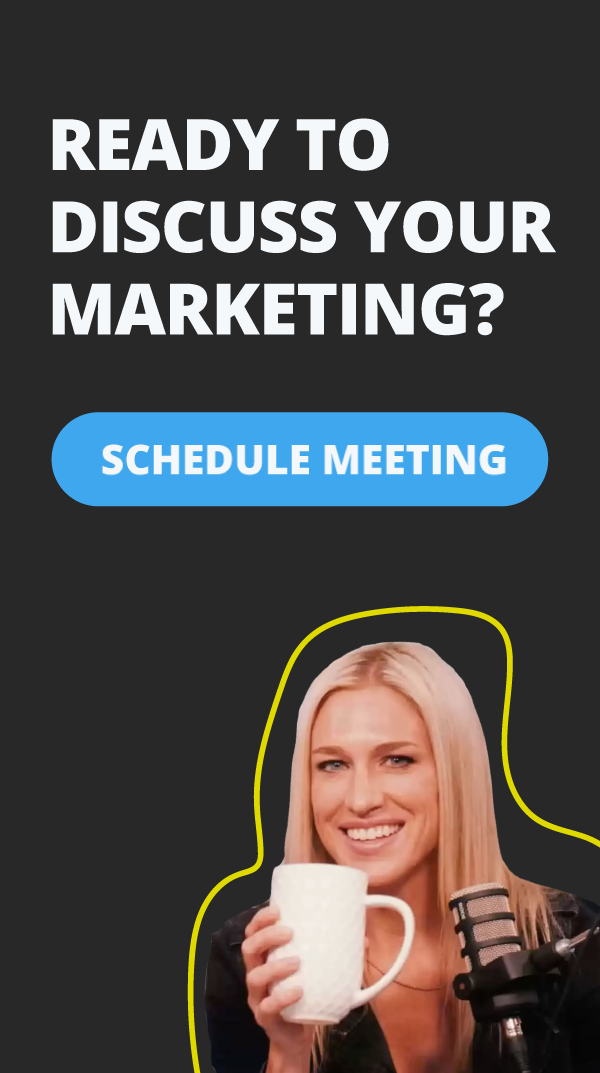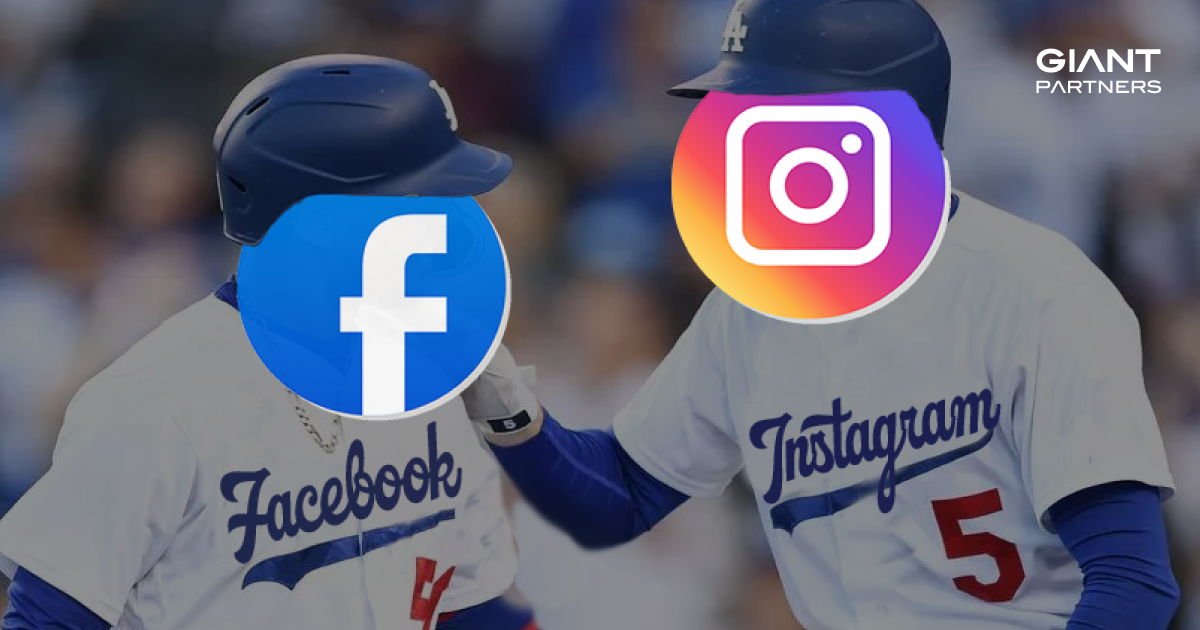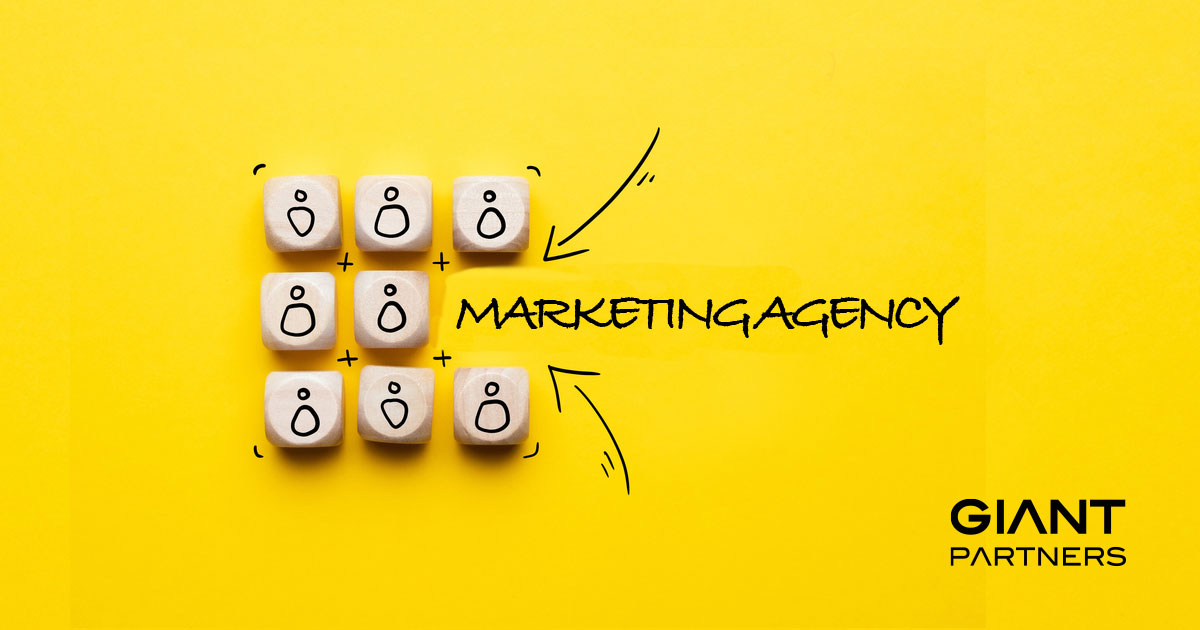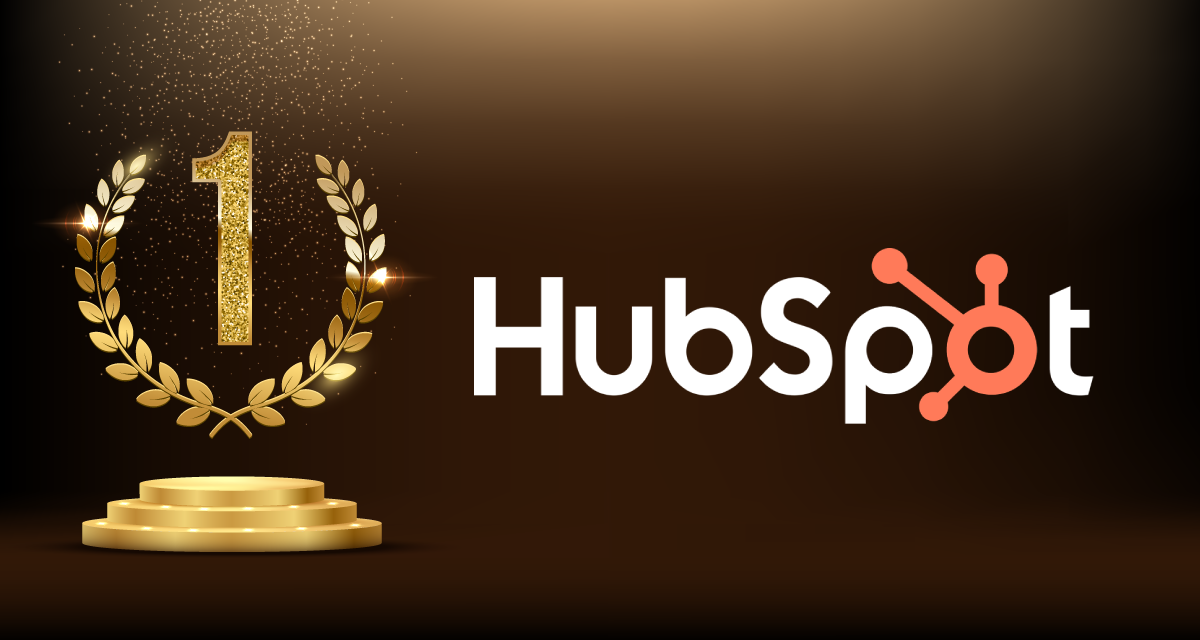![]() By Jeremy Koenig | Cold Email Outreach | Updated November 2025 | 18 Minute Read
By Jeremy Koenig | Cold Email Outreach | Updated November 2025 | 18 Minute Read

Introduction: Email Outreach Broadcasting to Qualified Customer Prospects Supercharges Advertising Campaigns
Most Enterprise, SMB and Startup organizations leverage cold email outreach to accelerate advertising campaigns, enhance marketing performance, and boost sales. By sending personalized emails to new prospects (who have never before interacted with your brand and are qualified to buy your product) businesses create elegant introductions and streamline communications that enhance experiences, shorten sales cycles, and facilitate the conversion of leads. This data-driven approach not only supercharges the performance of digital advertising platforms like Facebook, Instagram, X, Linkedin, Google and YouTube—but also positions your company as an innovative industry leader.
After 20 years of managing thousands of successful email outreach campaigns here are our top 10 proven strategies to grow brand awareness, generate more leads, and accelerate sales.
- Tailor Email Content to Target Databases
- Use Linkedin to Make Connections
- Be Helpful (Never Salesy)
- Be Consistent (Never Spammy)
- Be Seasonal (Never Generic)
- Send Company and Personal Messages
- Test Everything and Scale What Works
- Generate Marketing and Sales Qualified Leads
- Reinforce Advertising Campaigns
- Design Landing Pages to Appeal to Personas
1. Tailor Email Content (Copy and Design) to Target Databases
Crafting email content that aligns with your targeted database is essential for making a memorable impact and driving meaningful engagement. Start by introducing your brand in a manner that resonates with your audience’s interests and needs, establishing immediate trust and relevance. A compelling brand introduction sets the foundation, clearly conveying your identity, values, and unique benefits to your audience. This strategy not only captures attention but also fosters a connection that can significantly boost open rates and engagement levels.

Highlighting your value prop within your email content ensures that your audience understands why they should choose your brand over competitors. By clearly communicating the specific benefits and solutions you offer, you differentiate yourself in a crowded market. Moreover, a compelling call to action (CTA) is essential to drive the desired response from your recipients. Whether it’s reading a blog article, scheduling an appointment, live chat, taking a quiz, or entering a giveaway, a well-crafted CTA encourages immediate action and facilitates measurable outcomes.
ProTip: Use personalization tokens (Examples: Name, City, Job Title) within the salutation, body and or subject line to add a touch of personalization and increase overall email deliverability.
2. Use Linkedin to Make Connections with Email Prospects
Combining email marketing with LinkedIn outreach is a powerful strategy to expand your reach and make connections with your target audience. Cold email outreach allows you to qualify and initiate contact with prospective clients, providing them with valuable content while inviting them to engage with your brand. Posting marketing content on your LinkedIn page keeps your brand visible and showcases your expertise, creating opportunities for future engagement. This dual approach broadens your contact base and nurtures leads through multiple touchpoints.
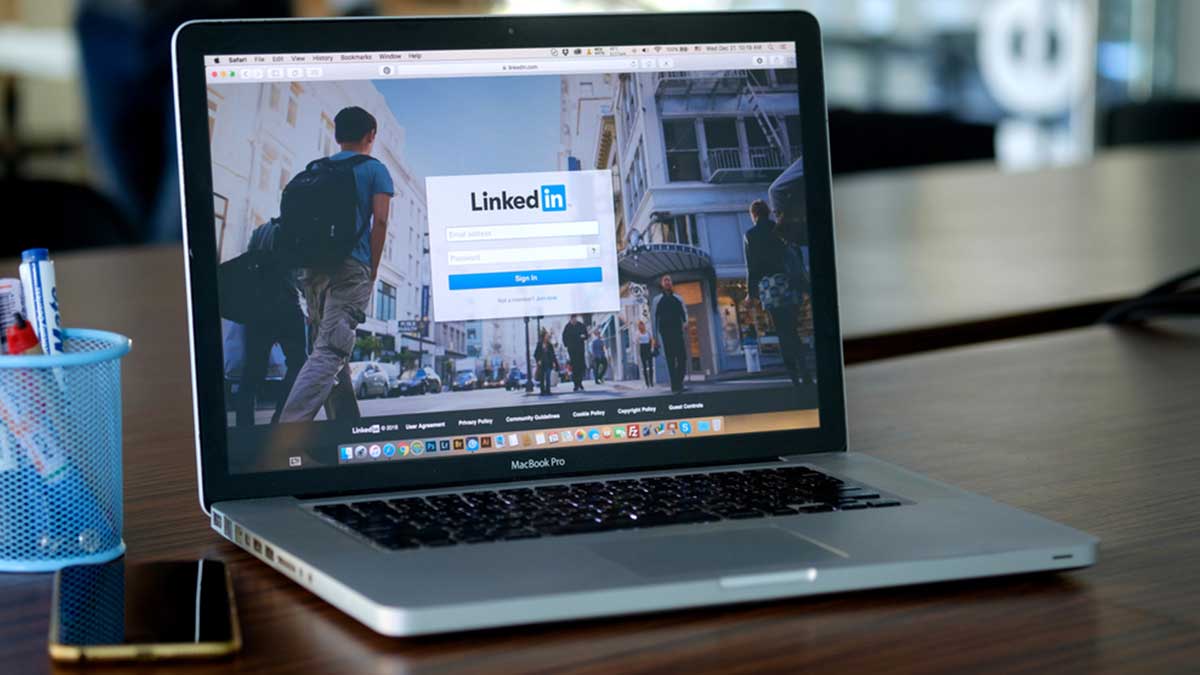
Proactively reaching out prospects who have engaged with your email content is an effective way to foster new opportunities. Whether they visited your website, downloaded a resource, or scheduled an appointment, these individuals have shown interest in what you offer. Following up with them through personalized LinkedIn messages and tailored 1-to-1 email messages reinforces your commitment to meeting their needs.
ProTip: Each sales rep can be setup with a Sales Navigator account to maximize the amount of professional connections he/she can make each month.
3. Be Helpful (Never Salesy)
Using non-salesy verbiage in email broadcasts is vital to building trust and fostering genuine connections with your audience. When emails come across as overly promotional, recipients are likely to feel pressured and may disengage or unsubscribe. By adopting a more conversational and informative tone, you can communicate your message in a way that feels natural and respectful of your audience’s time and attention. This approach not only reduces resistance but also enhances the recipient’s perception of your brand as one that values relationships over mere transactions.

Providing value in every email is essential to maintaining and growing your audience’s interest and loyalty. Emails should be crafted to address the needs, interests, and pain points of your recipients, offering useful insights, tips, or resources that can help them in their personal or professional lives. By consistently delivering valuable content, you position your brand as a trusted advisor rather than a pushy salesperson. Prioritizing value over sales in your email strategy ultimately leads to a more receptive and appreciative audience, paving the way for stronger relationships and sustained business growth.
Pro Tip: Send periodic holiday emails to recipients (Examples: Thanksgiving, Christmas, 4th of July, Veterans Day, etc) that have nothing to do with promoting your products and services.
4. Be Consistent (Never Spammy)
Sending messages every couple of weeks to email databases is crucial for maintaining maximum engagement with your audience without overwhelming them. This frequency strikes a balance between staying top-of-mind and respecting your recipients’ inbox space. It allows enough time for your audience to process and respond to your previous emails while keeping your brand relevant.
Timing is equally important; sending emails on days and at times that are optimal for your industry can significantly enhance open rates and engagement. For instance, B2B emails might perform better on weekdays during business hours, while B2C emails may see higher engagement in the evenings or on weekends. Understanding nuances ensures emails are received and audiences are receptive.

On the other hand, sending too many emails too frequently can lead to high unsubscribe and complaint rates, which can severely impact your campaign performance and future inbox deliverability rates. When recipients feel bombarded with constant emails, they are more likely to view your communications as spammy, leading them to unsubscribe or mark your emails as spam. This not only reduces the immediate effectiveness of your campaigns but also harms your sender reputation, making it more challenging for your future emails to reach the inbox.
Email providers monitor these metrics closely, and high complaint rates can result in your emails being filtered out or delivered to the spam folder, drastically reducing your overall engagement and effectiveness. By spacing out your outreach and being mindful of timing, you can maintain a positive sender reputation and ensure your messages continue to reach and resonate with your audience.
ProTip: Re-send email content from a different sending name, subject line and design format the following week when recipients “receive your email but do not open it”. This technique has been proven to increase campaign response rates up to 50%.
5. Be Seasonal (Never Generic)
Designing marketing content to appeal to the seasonality of what customers are currently doing in their personal and professional lives is essential. For instance, during the winter months, your emails might focus on themes of warmth, coziness, and holiday preparations, while spring campaigns can highlight renewal, fresh starts, and outdoor activities. Summer emails can emphasize vacations, relaxation, and seasonal products, whereas fall communications might concentrate on back-to-school, harvest time, and preparing for the end of the year. This seasonal approach helps your emails stand out as timely and thoughtful, increasing the likelihood of positive engagement.

Tailoring the design and tone of your messaging to fit the season consistently outperforms generic and repetitive email content. Seasonal designs and themes add a fresh and dynamic element to your campaigns, preventing them from becoming monotonous and keeping your audience interested. By consistently aligning your content with the seasons, you not only enhance the relevance and appeal of your emails but also foster a deeper connection with your audience, leading to higher open rates, increased engagement, and better lead generation.
ProTip: Piggy back off of relevant seasonal events that are in line with your company (Examples: Black Friday, Cyber Monday, Giving Tuesday) for enhanced brand awareness.
6. Send Company and Personal Email Message Variations
The highest-performing enterprise email marketing campaigns strategically use a combination of company and personal email addresses to foster a sense of connection and authenticity with their audience. By sending some emails from a company address (From: Giant Partners), recipients are introduced to the brand’s official communications, ensuring consistency and professionalism. However, integrating personal email addresses (From: Erica Barile) into the mix adds a human touch, making the interactions feel more personalized and less corporate.
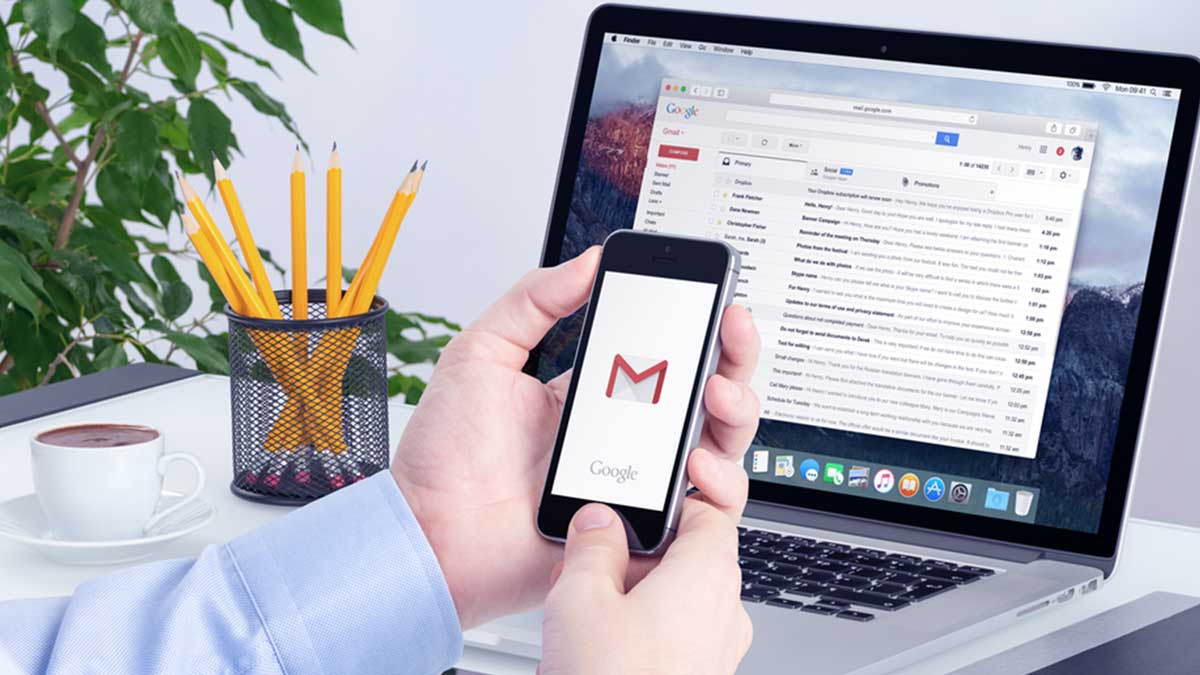
This dual approach can enhance trust and engagement, as customers perceive that real people, not just automated systems, are behind the communications. When customers see that a company invests in both high-quality products and meaningful human interactions, they are more likely to engage positively with the brand, resulting in higher open rates, click-through rates, and overall campaign success.
Pro Tip: Use a shield domain to ensure that your company domain is not a risk of getting flagged by firewalls, spam traps, and junk folders.
7. Test Everything and Scale What Works
Testing various elements of your email campaigns, such as topics, language, images, buttons, sender names, sending times, and subject lines, is crucial for optimizing performance and achieving the best possible engagement from your audience. A/B testing allows you to experiment with different versions of these components to see which ones resonate most with your recipients. This data-driven approach ensures that your emails are continually refined and improved, leading to better overall performance.
Once you have identified the high-performing aspects of your communications through rigorous testing, you can replicate and scale these successful strategies in your cold email outreach broadcasts to drive maximum response rates consistently. Scaling these proven strategies allows you to reach new marketing databases with confidence, knowing that emails are optimized to achieve the best possible outcomes, ultimately driving growth and success for your business.
Pro Tip: Reconcile your email campaigns to opportunities created and deals closed within your CRM to measure return-on-investment. Use UTM parameters to pass cold email outreach data into your CRM for real time reports, dashboards and data analysis.
8. Generate Marketing Qualified and Sales Qualified Leads
Make it as easy as possible for email recipients to convert into leads. Showcase a singular call to action (CTA) that guides recipients towards a specific goal. Be sure to provide multiple avenues for conversion including clickable text, images, and buttons. Simplifying the conversion process reduces friction and encourages more recipients to take the desired action.

Understanding the distinction between Marketing Qualified Leads (MQLs) and Sales Qualified Leads (SQLs) is important for tailoring emails to capture and nurture prospects. MQLs are generated when prospects download resources or sign up for events, indicating interest but not yet asking for sales interaction. On the other hand, SQLs are prospects who schedule appointments, live chat, or make inbound phone calls. These leads have demonstrated a readiness to engage with your sales team.
Pro Tip: Sales team members with bandwidth should make courtesy follow up calls to MQLs to ensure that downloaded resources and event confirmation details were received. These follow up calls add a human touch and often lead to meaningful sales communications.
9. Reinforce Digital Advertising Campaigns
Email marketing, while a powerful tool, is exponentially more effective when it reinforces digital advertising campaigns. The modern consumer is bombarded with information from countless sources, making it increasingly important to adopt an omni-channel marketing approach across email, social media and web search platforms. Studies show that prospects who view an advertisement across multiple marketing channels are four times more likely to respond to your call to action. By integrating email marketing with advertising channels you create a cohesive and compelling narrative that guides the prospect through the buyer’s journey.
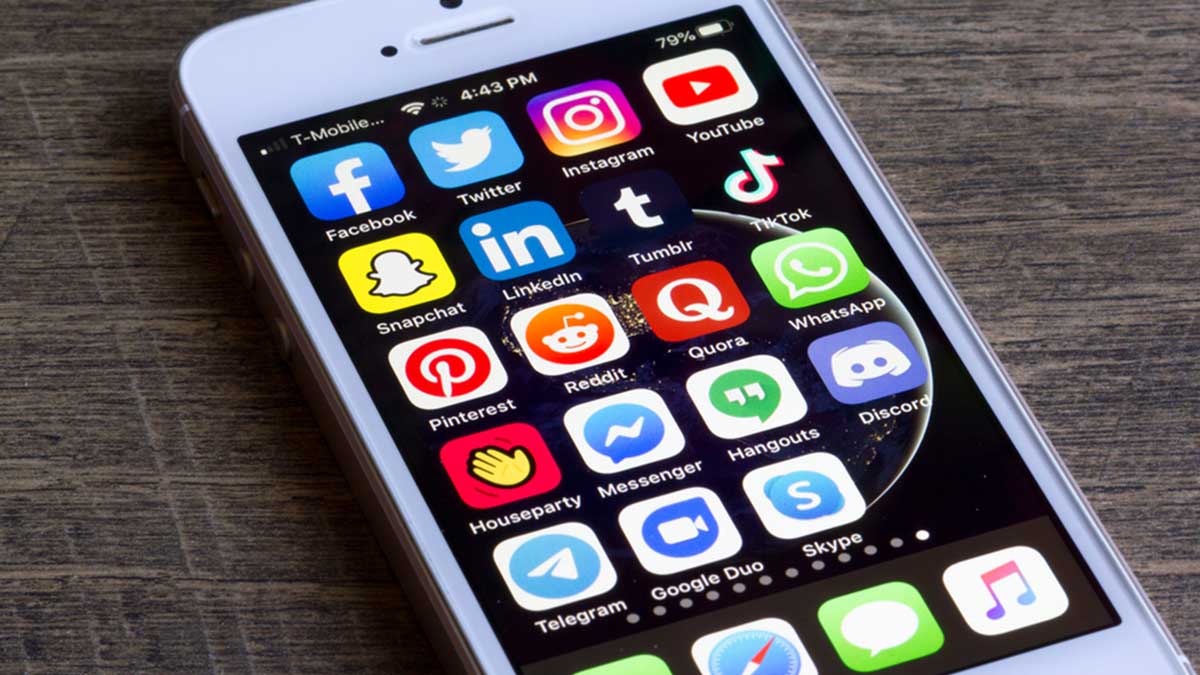
Consider this scenario… A prospect sees your ad on social media, is intrigued by the content, and then receives an email that provides more detailed information. Later that night they see your YouTube in-stream commercial. A few days later, while searching for a related topic on Google, they come across your PPC Ad and decide to convert. This sequence of interactions illustrates how millions of consumers make purchasing decisions everyday.
Pro Tip: Upload your list of emails as a custom audience to ensure that each prospect in your database simultaneously sees your ads across social media and web search platforms.
10. Design Landing Pages to Appeal to Customer Personas
Having great looking and high performing landing pages is essential for email marketing success. After clicking a link in your email, your site needs to make a strong and positive first impression. A well-designed landing page reinforces your call-to-action by providing clear, concise information and guiding the visitor toward the desired action. It should be visually appealing, easy to navigate, and free from distractions that could divert the visitor’s attention.

Moreover, landing pages should be tailored to appeal to the specific buyer persona being targeted. This means understanding the needs, preferences, and pain points of your audience and addressing them directly on the page. For example, a campaign targeting young, tech-savvy professionals might feature modern, sleek visuals and concise, dynamic content, whereas a page aimed at an older audience might prioritize clarity and descriptions.
Pro Tip: Use a web page user tracking tool (Example: Microsoft Clarity, HotJar) to monitor how visitors interact with your landing pages. Tool findings inform UX/UI modifications needed to reduce non-conversion rates.
Frequently Asked Questions
Why do MailChimp, Constant Contact and Hubspot not allow cold email lists?
Most popular email sending services like Mailchimp, Constant Contact, and Hubspot prohibit the uploading of cold email lists for deployment primarily to protect their IP and email sending domain health. These platforms are designed to maintain high deliverability rates and positive sender reputations for communications to existing customers only by enforcing strict anti-spam policies. Uploading cold email lists, which contain new recipients that have never heard of your brand, can lead to increased bounce rates, complaints, and unsubscribes. These negative interactions damage the sender’s reputation and can result in their IP addresses being blacklisted, which in turn affects the deliverability of emails for all users of the service. Therefore, these platforms prioritize permission-based email marketing to ensure that recipients have explicitly opted in to receive communications, thereby safeguarding their IP and domain health.
For cold email outreach providers like Giant Partners, managing IP and email sending domain health is of paramount importance. Unlike traditional email service providers, cold email outreach relies on reaching out to prospects who have not previously engaged with the brand. This requires a strategic approach to maintain deliverability and avoid junk folders. Giant Partners employs best practices such as using both shared and dedicated IP addresses, warming up new domains, and closely monitoring engagement metrics to ensure that all emails land in the inbox rather than the junk folder. By maintaining rigorous standards and focusing on high-quality list management, data hygiene, and email validation, Giant Partners can effectively conduct cold email campaigns without compromising sender reputation. This meticulous management is crucial for achieving high response rates and ensuring the long-term success of cold email outreach efforts.
What is required to legally send cold email outreach messages?
To ensure cold email outreach messages are CAN-SPAM compliant, there are specific requirements that must be adhered to. The CAN-SPAM Act, enacted to protect consumers from unsolicited emails, mandates that commercial email messages include certain elements to provide transparency and allow recipients to opt-out easily.
First and foremost, every cold email must include a clear and conspicuous identification of the sender. This includes the Company Name, which helps recipients recognize the organization behind the message. Additionally, the email must include the Company Address, providing a physical location that further legitimizes the sender and offers recipients a way to contact the company offline if needed.
Equally important is the inclusion of an Unsubscribe link in the footer of every message. This link must be easy to find and simple to use, allowing recipients to opt out of receiving future emails from the sender. Once a recipient opts out, the sender is required to process the request promptly, typically within 10 business days, without charging a fee or requiring any additional information beyond the recipient’s email address.
By including the Company Name, Company Address, and Unsubscribe link in every cold email, businesses not only comply with the CAN-SPAM Act but also demonstrate respect for recipients’ preferences and privacy. This compliance helps maintain the integrity and reputation of the sender, reducing the risk of legal issues and fostering trust with potential customers.
How do I combine warm email lists with cold email lists?
Combining cold email lists with warm email lists requires careful strategy to ensure deliverability, maintain sender reputation, and respect recipients’ preferences. One effective approach is to first focus on individuals who have clicked through your cold email outreach messages and visited your website. These recipients have shown an initial interest in your content or offerings, making them a safer and more engaged group to merge with your warm email list. By transitioning these interested prospects to your warm list, you can nurture them further with targeted, permission-based marketing campaigns, increasing the likelihood of conversion while minimizing the risk of spam complaints.
Different types of businesses have varying thresholds of risk when it comes to merging email databases. The most important variable in managing email databases is to ensure that any individual who has unsubscribed from email communications is opted out from all sending providers.
When I send cold email outreach messages do I get to keep the data?
Once a cold email address has been successfully delivered into an inbox this data becomes available for download. Successful inbox delivery serves as the final validation that is needed to ensure that contact records are valid and ready for CRM import.
Conclusion: High Performing Advertising Campaigns Incorporate Email Outreach Broadcasting for Increased Reach, Conversions and Sales
Please use the scheduling tool below to book a meeting with our team to discuss email outreach opportunities. Feel free to live chat for an immediate response.
We would love to help you build total addressable market database, model each of your unique buyer personas, and implement an email outreach campaign that will immediately impact advertising response rates.
We look forward to speaking with you,

 Jeremy Koenig
Jeremy Koenig
Giant Partners
President of Digital Strategy
Connect on Linkedin
About Giant Partners
24 years. 6000 customers. Giant Partners is America’s #1 data driven marketing agency. We accelerate campaign performance with custom audience data, brand management, website development, CRM integration, email marketing, and omni-channel advertising.

